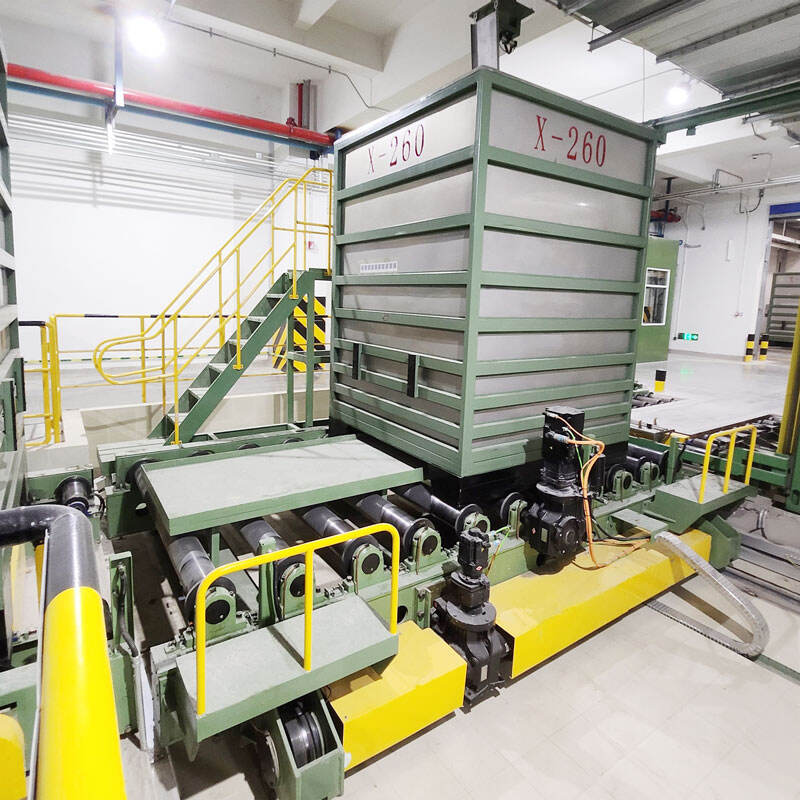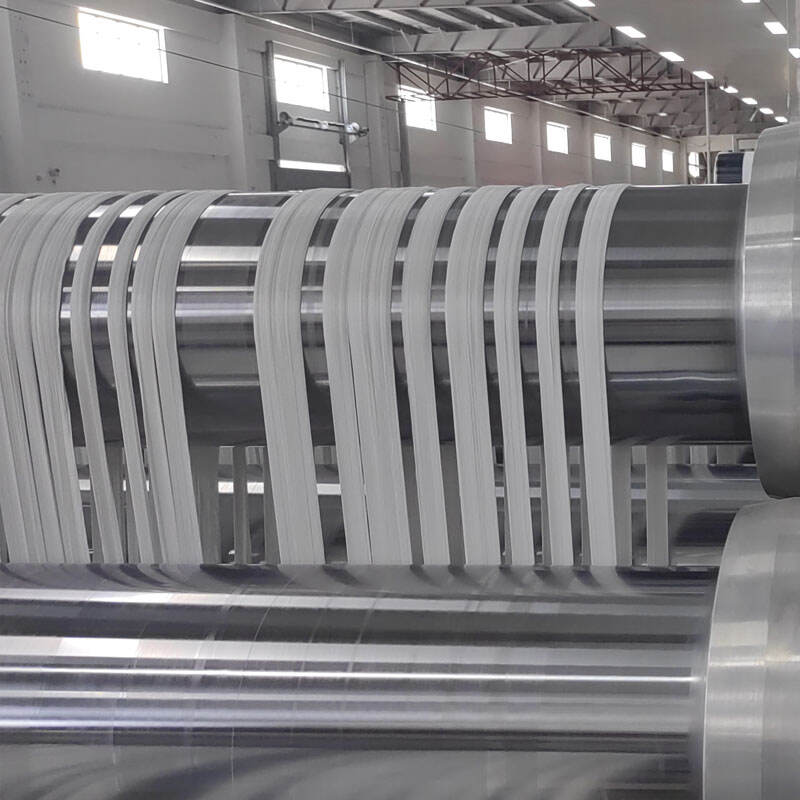A PSF machine is an important part of the production of polyester staple fibers, which are used in textiles, nonwovens, and various other industries. Innovations in PSF technology have become critical in maintaining efficiency, quality, and sustainability in responding to shifting market dynamics. Shenzhen Softgem Technology Co. Ltd. (szsoftgem.com), offers advanced industrial machinery, and has become a leader in the incorporation of technology into PSF machinery. Assessing these innovations reveals how contemporary PSF machines address the needs of the global manufacturing community.
The introduction of advanced automated control systems into PSF machinery has been a game changer. Fibers produced by earlier PSF machines were of inconsistent quality, and production rates were low, in large part due to the manual operation of the machines. Modern PSF machines, available from szsoftgem.com, include programmable logic controllers (PLC) and include human machine interface (HMI) technology. These systems allow real-time tracking and control of essential functions like temperature, pressure, and fiber drawing speed.

The automated control system can modify the temperature of the extruder. This system guarantees stable melt viscosity enabling the system to keep the fiber thickness uniform. This system increases the production rate by 30% and decreases human error. Automation of the psf machines also enables 24 hours of continuous workflow. This significantly increases productivity.
Due to the world’s focus on sustainability, innovations on the psf machine have targeted saving electricity. Older psf machines consumed a lot of electricity and the rate of carbon emissions were very high due to the heating and drawing processes. Szsoftgem.com has newly designed psf machines with new heating technologies and with new targeted heating technologies. Targeted heating technology is able to off heat by 25% compared to heating technologies. Heat recovery units capture waste heat from the psf machine’s exhaust and reuse it for preheating raw materials. This cuts the energy consumption. Additionally, modern psf machines have energy efficient motors and variable frequency drives. These new motors adjust the power in and out according to the demands of production.
The features that save energy make the environment friendly for psf machines and make polyester staple fiber production more environmentally sustainable.
Innovations in intelligent monitoring and predictive maintenance are transforming how psf machines are operated and how they are maintained. Where older psf machines needed constant manual inspection and suffered costly production downtimes due to unforeseen machine failures, the psf machines from szsoftgem.com now come equipped with sensors that monitor the wear and tear, temperature, vibration and other operating parameters in real time. This information is sent to a management system where artificial intelligence algorithms assess psf machine health. For example, when a sensor monitors abnormal vibration in the drawing roller, the system predicts the remaining lifespan of the component and alerts the maintenance team. This makes maintenance more proactive and less reactive which improves machine uptime. Predictive maintenance also improves psf machine component durability which reduces production downtimes and production quality variability over time.
Advanced Material Compatibility Innovation Expands psf machine Applications
Adaptability of the PSF Machine to Process a Range of Fibers

Previously, traditional PSF machines were designed to handle only the processing of pure polyester chips. This naturally limited the PSF machines application scope. However, with advances in PSF machines developed by szsoftgem com, the machines can now handle modified polyester chips, recycled polyester materials, and even blends of polyester and other fibers like cotton and wool. This is due to the design improvements of the PSF machines extruders and spinnerets. For example, PSF machines enhanced with material versatility can produce recycled polyester staple fibers for use in eco-friendly textiles or flame-retardant polyester staple fibers for use in industrial textiles. This versatility is essential for meeting the varying demands of different industries.
With a growing demand for polyester staple fibers, high-speed production becomes the main fokuse of development within the PSF Machine. Traditional PSF machines had limited production speeds and could not meet the production requirements for large scale orders. However, developed PSF machines on szsoftgem com are designed with upgraded drawing and winding systems that allow for the faster processing of fibers.
By using advanced high strength rollers that are finely polished, the drawing system minimizes damage to the fiber while enabling faster drawing speeds. The winding system has automatic tension control, which makes the finished fiber bobbins neat and easy to handle. These winding systems, with integrated advanced automatic systems, enhance the production capabilities of polyester staple fiber machines by 50%. An example of a high production machine is a polyester staple fiber machine that produces 20 tons every day to accommodate massive production by textile manufacturers. The high production capabilities of these machines lead to lower production costs for manufacturers and higher production efficiency.
Digital technology integration is another innovation in psf machine technology, linking it to the broader smart factory ecosystems. The modern psf machine from szsoftgem com integrates industrial internet of things IoT modules that facilitate seamless data interaction with factory systems, including enterprise resource planning ERP and manufacturing execution system MES. This integration enables centralized system control throughout the entire production cycle, from raw material input to finished product output.
To illustrate, the PSF machine has the ability to automatically relay production information like the number of outputs and fiber quality to the ERP system. The ERP system updates the inventory and creates production paperwork. This not only makes the workflow more efficient, but it also gives information that helps manufacturers fine-tune production schedules. The digital integration allows for the remote operation of the PSF machine—engineers are able to oversee and change machine settings from any location, thus minimizing the need for physical attendance. With the advent of smart factories, the digital connectivity of the PSF machine will remain an essential factor for transforming the industry.
 Hot News
Hot News2024-07-25
2024-07-25
2024-07-25